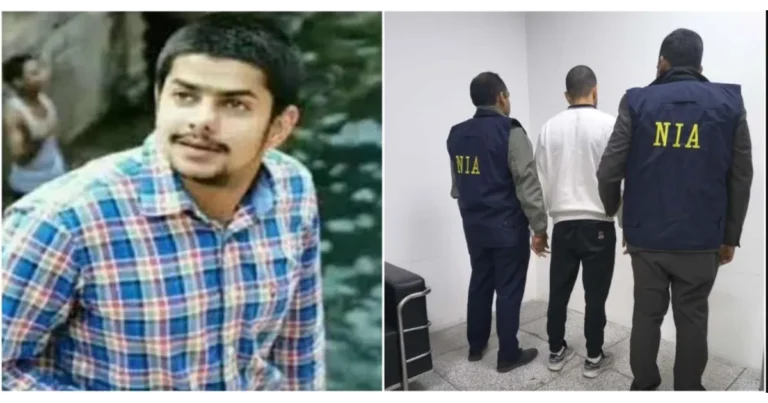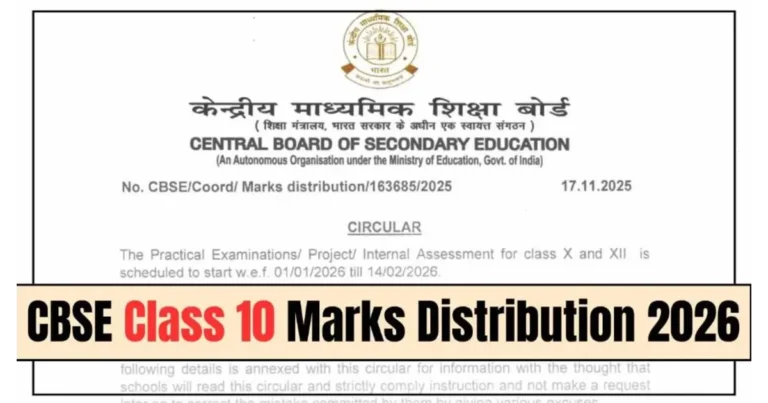
An Elusive Rebel Finally Cornered
Madvi Hidma, one of India’s most feared Maoist commanders, was finally gunned down in an encounter by the Andhra Pradesh police. For years, the security establishment chased this elusive insurgent who operated like a phantom. With no recent photographs, no reliable intelligence, and a tight security ring that alerted him of every threat, Hidma remained a step ahead of law enforcement, evading every trap that was set for him. But as intensified anti-Maoist operations pushed rebel groups into retreat and triggered multiple surrenders, Hidma and five others were finally cornered in a dense forest near the tri-junction of Andhra Pradesh, Chhattisgarh, and Telangana. It marked the end of one of the most perplexing manhunts in India’s internal security history.
The Making of a Rebel Leader
Humble Beginnings and Early Influences
Born in 1981 in Puvarti village of Sukma, now in Chhattisgarh, Madvi Hidma—also known as Deva or Hidmalu—studied till Class 10 before joining the Maoist movement. Reports suggest he was inspired after witnessing Maoists building a pond in his village, at a time when the underdeveloped Bastar region struggled with poverty and neglect. This environment made the area fertile ground for extremist ideologies to take root in the early 2000s. Ramesh Pudiyami alias Badaranna, a surrendered Maoist and one of Hidma’s early mentors, recalled the young recruit’s determination. Impressed by his enthusiasm, Badaranna took him under his wing, and within two years, Hidma was entrusted with leading a platoon—an early sign of his rapid rise.
Rise Through the Maoist Ranks
A Tribal Commander Who Climbed to the Top
Hidma eventually led a battalion of the People’s Liberation Guerrilla Army and became the youngest member of the CPI (Maoist) Central Committee—the organisation’s highest decision-making body. Notably, he was the only tribal representative from Bastar at that level, giving him both influence and legitimacy within local communities. Insiders say that beyond his roots, it was his unwavering discipline that propelled his ascent. According to Sundari, a former Maoist turned District Reserve Guard officer, Hidma rose at 4 am daily to read news updates and maintained a strict reading and fitness routine. His commitment to intensive physical training, often described as “ruthless,” earned him respect and fear within his battalion. He believed physical endurance was the greatest advantage rebels possessed during encounters with security forces. Though he avoided addictions, Hidma was fond of beef, chicken, tea, and—due to his diabetes—lived mostly on chapati.
A Mastermind Behind Lethal Attacks
Planner of Some of India’s Deadliest Ambushes
Hidma’s battalion soon became known as the most lethal strike force within the Maoist network. He was linked to at least 26 major attacks, including the 2010 Dantewada massacre where 76 paramilitary personnel were killed, and the 2013 Jhiram Ghati ambush that claimed the lives of 27 people, including top Congress leaders in Chhattisgarh. He is also believed to be the chief planner behind the 2021 Sukma-Bijapur ambush that resulted in the deaths of 22 security personnel. Renowned for his expertise in jungle warfare, Hidma maintained an elaborate security ring said to be more robust than that of state police chiefs. Commandos equipped with advanced weapons guarded him, while village-based informers continuously provided intelligence on security-force movements. Over time, he became one of India’s most wanted insurgents, carrying a bounty of over ₹50 lakh.
The Final Encounter and Its Implications
A Turning Point in Anti-Maoist Operations
Hidma’s reign ended during a fierce gunfight in the Maredumilli forest of Andhra Pradesh’s Alluri Sitharamaraju district. Five other Maoists, including his wife Raje, were also killed in the encounter. The operation was carried out by the Greyhounds, Andhra Pradesh’s elite anti-Maoist force. Andhra Pradesh DGP Harish Kumar Gupta termed the encounter a “monumental victory,” stating that eliminating Hidma removed the head of the CPI (Maoist)’s most dangerous military wing. The officer noted that Hidma played a significant role in recruiting young tribal individuals into the insurgency. His death comes at a time when Maoist influence is already declining due to the Centre’s sustained security operations and an increasing wave of surrenders. The fall of Hidma is expected to further weaken the organisation and accelerate efforts to free affected regions from decades of extremist violence.





